Irish Soda Bread: Quick Bread Finish Temps
As we approach St. Patrick’s Day, the minds of Americans turn to three foods: corned beef, cabbage, and soda bread. But unlike corned beef, the Irish in Ireland actually eat soda bread! Known by various names according to its flour content and shape, soda bread is eaten all over the Emerald
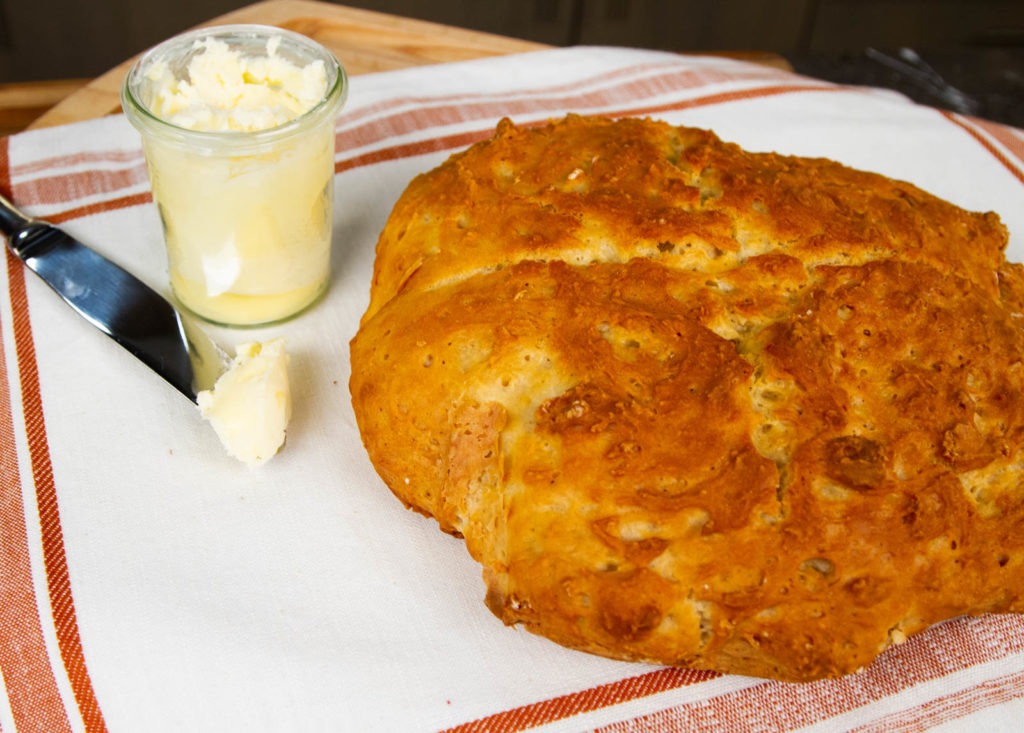
What is soda bread?
Soda bread is a bread, usually made with lower-protein soft wheat flour, that relies on the combination of baking soda (sodium bicarbonate) for its leavening. The ingredients are simple and few: salt, baking soda, flour, and buttermilk.* The flour should be relatively low in protein (gluten) so, cake or all purpose flour is your best bet (we use King Arthur All Purpose flour below for its consistent quality). In Ireland, they sometimes make it with varying proportions of whole wheat flour, creating what they often refer to as brown bread.
As for the leavening, the acid in the buttermilk reacts with the soda to create carbon dioxide. Because this reaction happens instantly, it is best to have your oven well preheated and ready to go before you start preparing the dough. Waiting to bake the bread may allow gas to escape from the dough, resulting in a denser, less airy bread.
How to make good soda bread
If you’ve ever tried Irish soda bread and not liked it, don’t go running off yet! Chances are good that the bread you ate suffered from one of three common problems: improper amount of baking soda (a gross, salty-bitter taste), over cooking (a dry, chalky texture), or undercooking (a soggy, doughy center). The solution to the first of those problems is, well, a good recipe—which we here provide! Some people think that soda bread should taste like baking soda, and that is false. First, baking soda itself just tastes bad. According to SeriousEats.com, “even an extra gram can produce an unpleasantly soapy loaf of bread.”
But even more importantly, the soda should be used up and balanced by the buttermilk. After all, if there’s soda left over, then there is leavening potential that has been left behind. Granted, there may be a faint hint of soda flavor left, but it shouldn’t overpower the creamy taste of the soda bread itself. One of the nice things about soda bread is that the added alkalinity will help the sugars in the crust to brown more easily, giving you a beautiful loaf and a very slight pretzel-y flavor. In the end, it takes surprisingly little soda to leaven a loaf, so don’t go overboard.
The other common problems of over- or under-cooking, can easily be solved with a leave-in probe thermometer like the ChefAlarm®. In the final analysis, soda bread is just a dense quick bread like banana bread, and dense quick breads should be cooked to 200–205°F (93–96°C), an internal temperature that assures that enough water has been absorbed or cooked out so that it is no longer soggy, but not so hot that the crumb dries out. Use the same temperature for banana bread, pumpkin bread, or pound cake!
Soda bread is best baked in the same manner as sourdough bread—in a hot cast-iron pot or Dutch oven. Starting the bread in a lidded pot traps steam, creating a delicious, browned and crispy crust. Allow the bread to cook for 40 minutes with the lid on, then remove the lid and insert a thermometer probe, cooking un-lidded until the center of the bread comes to temperature.
*Some people add raisins, some people add caraway. That’s fine, but we’re going to stick to a more classic version here.
Irish Soda Bread Recipe
Based on the recipe from our friends at SeriousEats.com
Indgredients
- 15 oz all-purpose flour (about 3 C), we used King Arthur
- 1 3/4 tsp kosher salt
- 1 1/8 tsp baking soda (don’t use more!)
- 2 1/4 C low-fat cultured buttermilk

Instructions
- Preheat your oven to 450°F (232°C) with a heavy, lidded cast-iron pot in it. Allow it to preheat fully before preparing the dough.
- When the oven is hot, whisk together the flour, salt, and baking soda. Whisk everything together very well, especially making sure there are no lumps of soda left, which will cause brown, weird tasting spots in your bread.

- Add the buttermilk and fold the ingredients together with a flexible spatula, like our Hi-Temp silicone spatula. Fold together just until no visible pockets of dry flour remain.
- If you want a chewier bread, fold it together for another 20 seconds to develop extra gluten.

- Remove the Dutch oven from the oven, place on a heat-safe trivet on the countertop. Remove the lid.
- Scrape the dough from the mixing bowl onto a sheet of parchment paper in the hot cast-iron pot and form it into a boule-shaped mound.

- With a sharp knife, cut a large X across the top of the whole ball. This will allow the bread to expand into quarters, speeding the cooking of the center.

- Replace the lid on the pot and place the pot in the oven.
- Set a timer, like the Extra Big & Loud, for 40 minutes. Bake the bread.
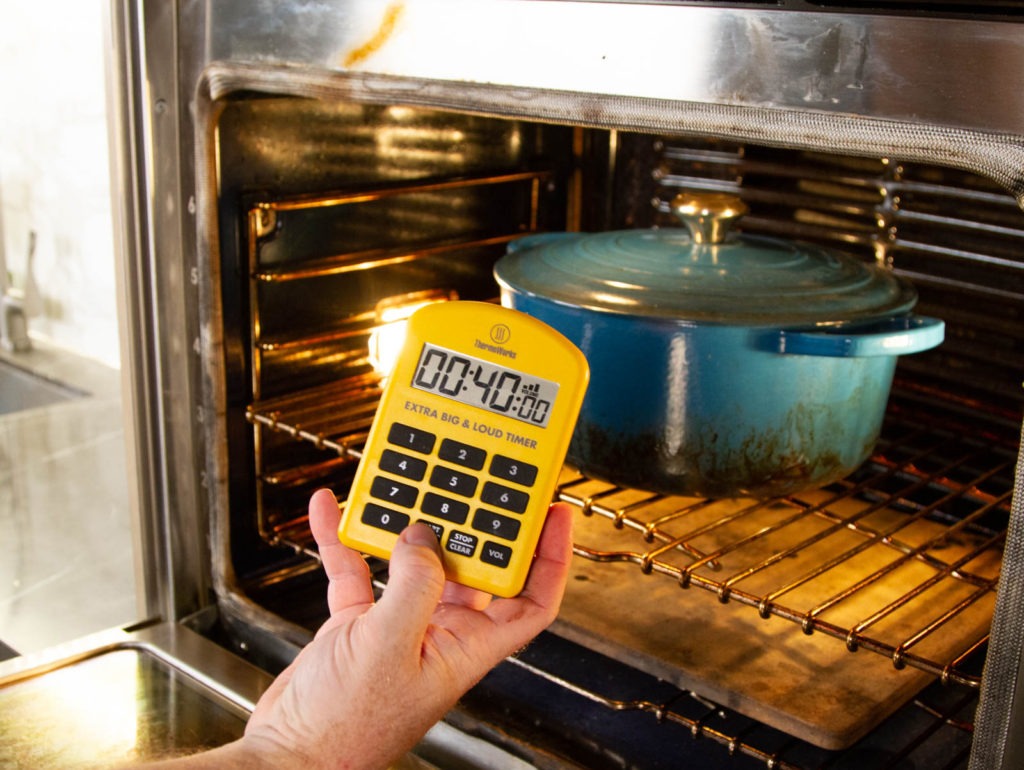
- When the timer goes off, remove the lid from the pot and insert a ChefAlarm‘s probe into the center of the loaf. Set the high alarm for 205°F (96°C) and continue to bake.

- When the alarm sounds, remove the bread from the oven and tip it carefully out to allow it to cool.
- Slice and enjoy with butter and preserves or, yes, even corned beef and colcannon.
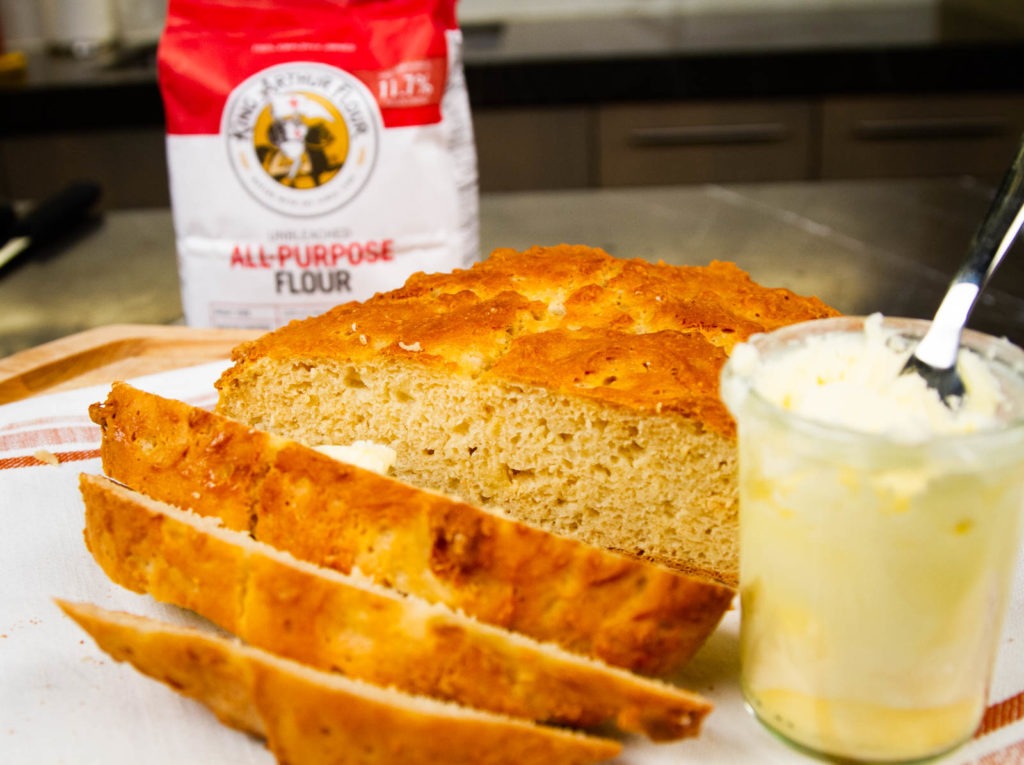
With a good recipe and proper temperature monitoring, you’ll find that soda bread is so easy and so tasty that you will want to make it all the time. The ingredients cost so little and the payoff is so big. Just remember to use your ChefAlarm to apply the 200–205°F (93–96°C) doneness for quickbreads and you’ll have warm, lovely smelling bread for any meal!
Shop now for products used in this post:


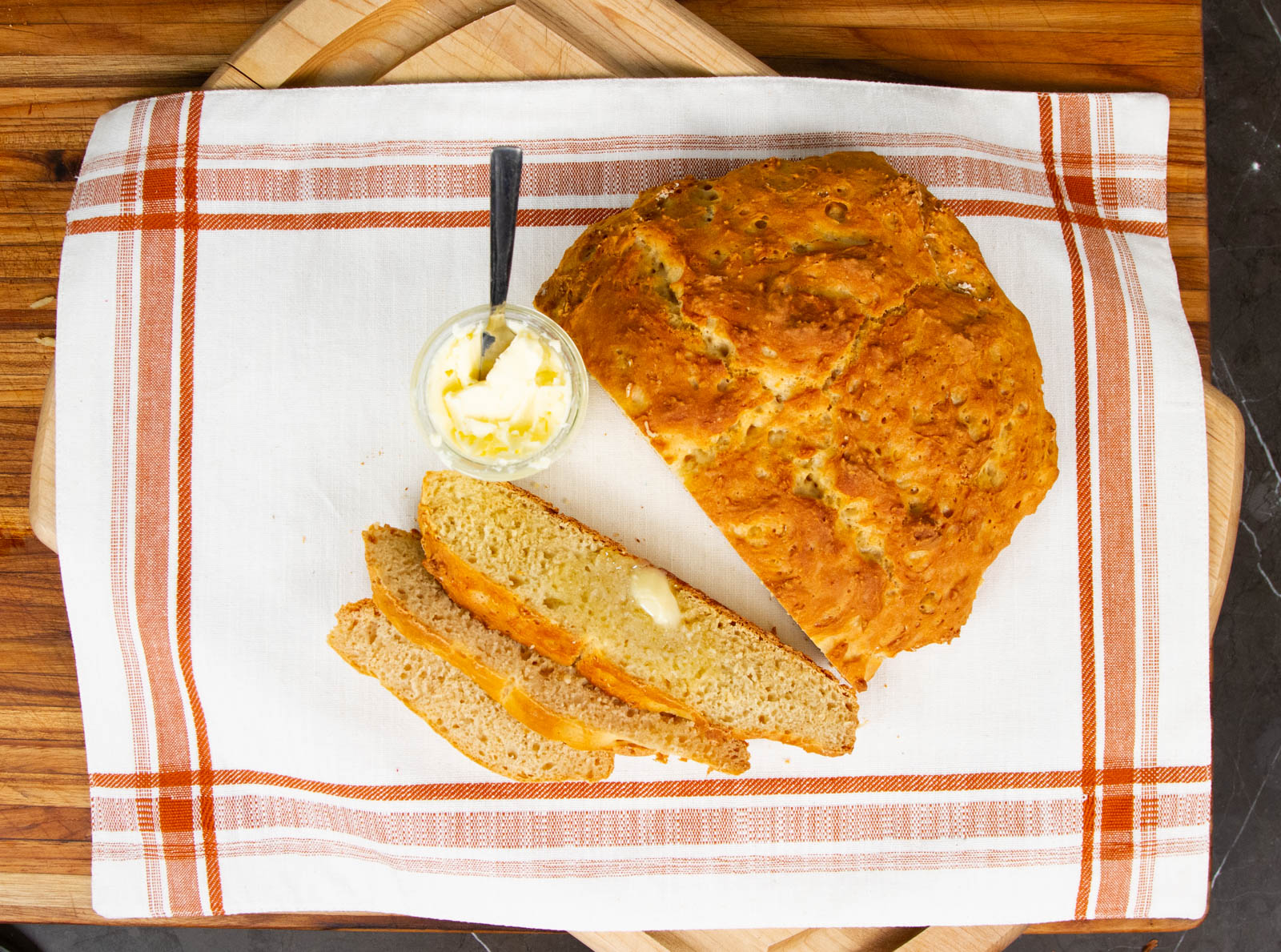

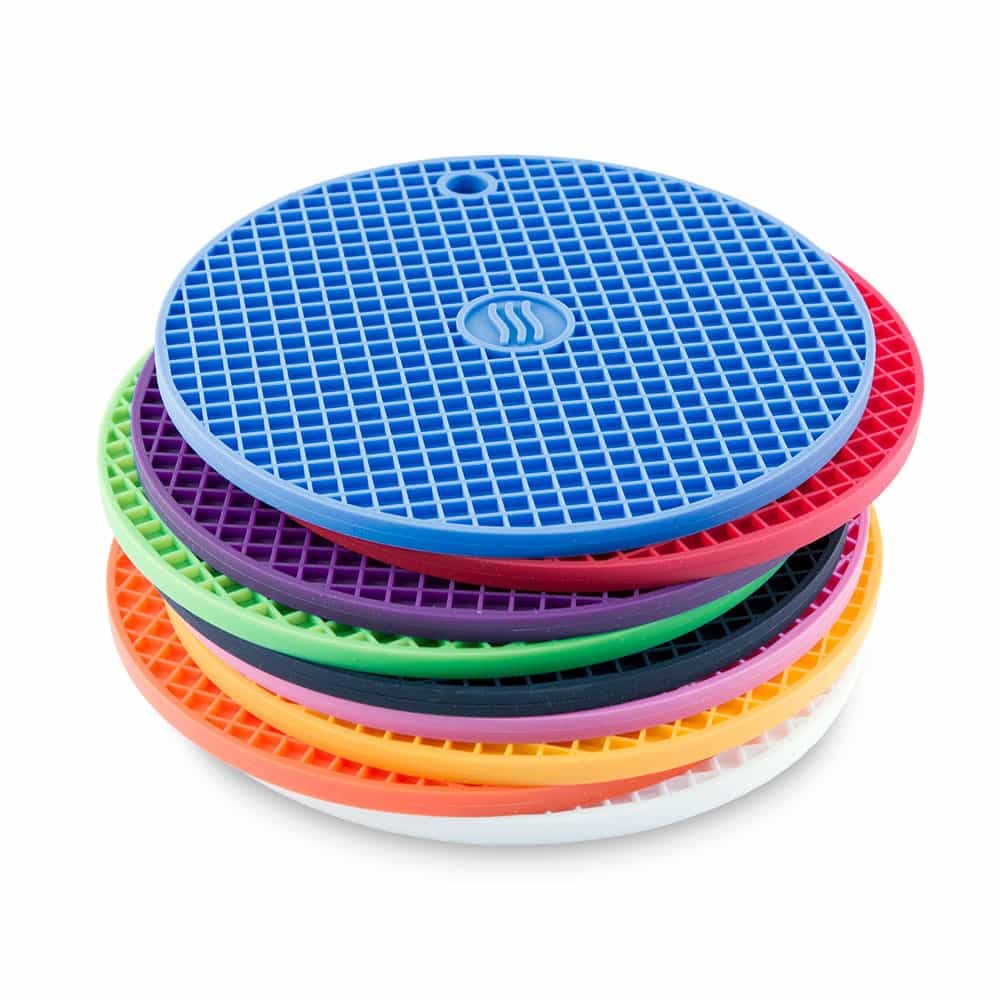
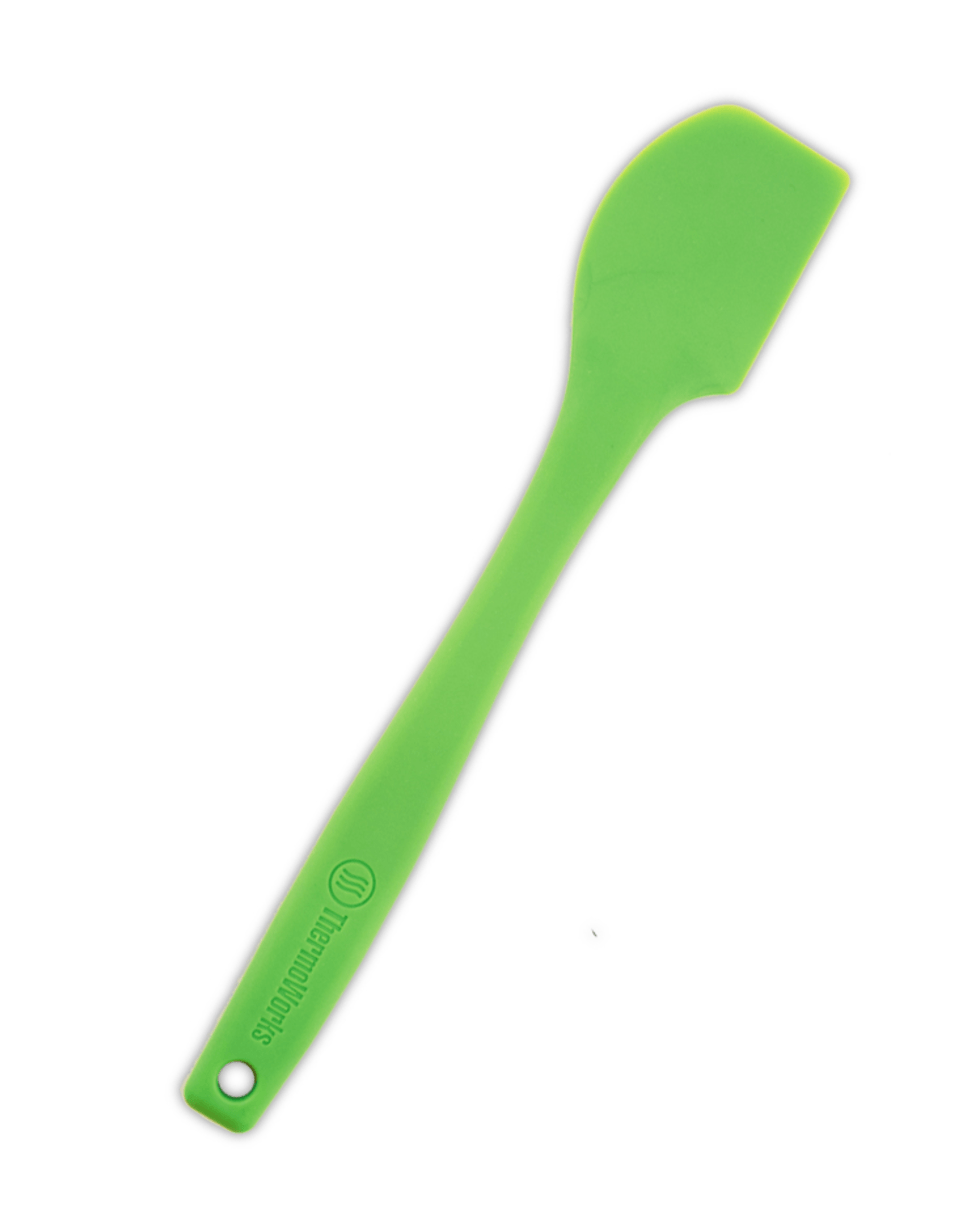
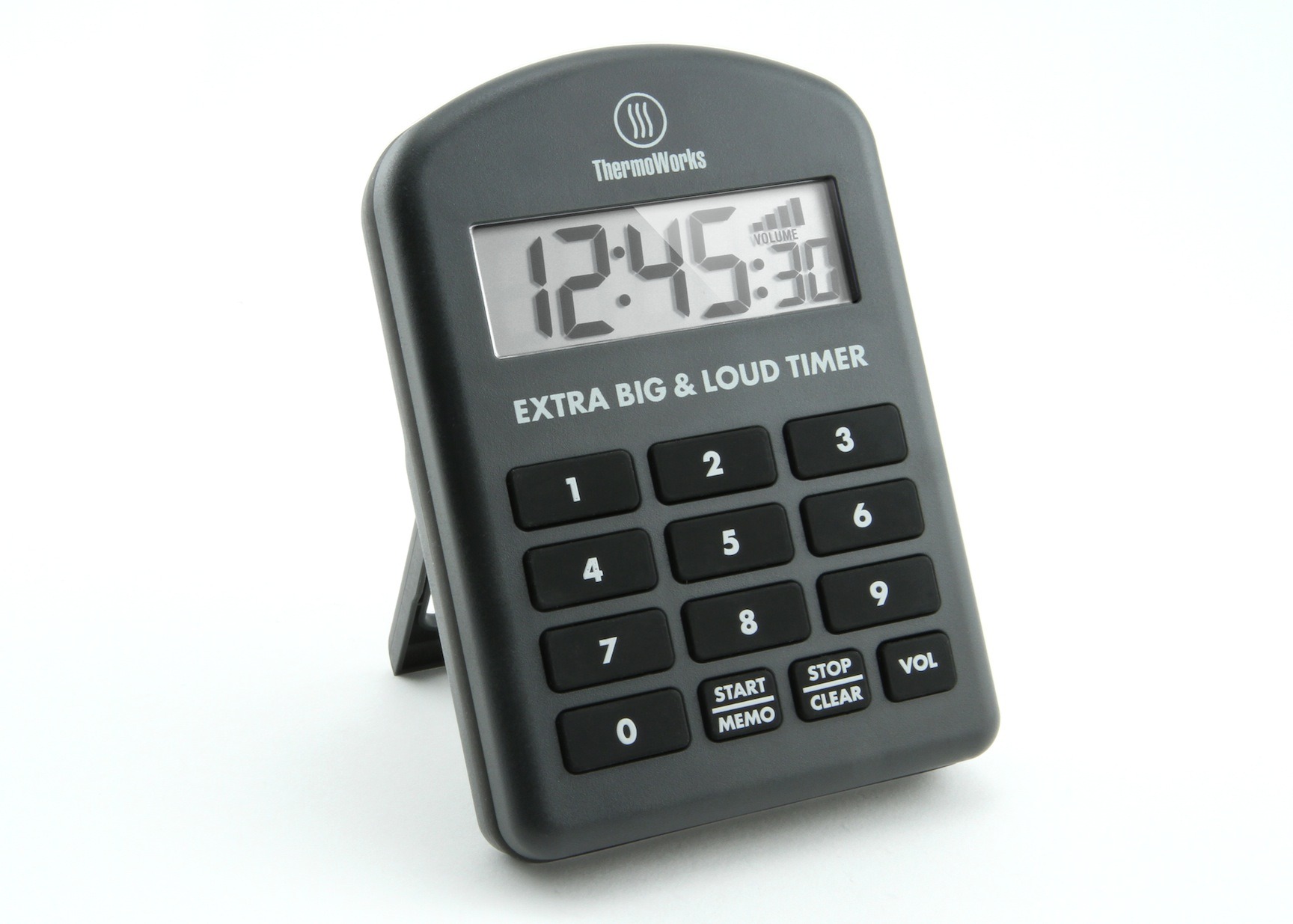
Is there a way to save this in Pinterest?
I believe Pinterest has a plugin for your browser. That’s what I use…
How big of a Dutch oven should be used for this recipe of soda bread?
Something with a bottom at least 8” across.
This article answered a-lot of questions & observations for me Made my annual soda bread yesterday Don’t ask I used 45 grams of soda instead of 5 grams Kinda a different product then expected looks texture color awful & uneatable Wish I could upload photos of the end result
Oh no! Well, try it this way, for a MUCH better experience!
The recipe yours is based on calls for a final temp of 210. I am curious did you find a better result with the lower temperature?
Michael,
I found it to be perfect at 205°F. The range for quickbreads rally can go from 200–210, based on initial hydration and desired finish. This hydration seems best to me at 205°F.
Man I really like this recipes, you are so precise. I’m gonna try making the bread for sure. Thanks for sharing ???
This sounds so wonderful. But alas, I have a Breville 800XL toaster oven not a big oven.
I don’t even know if it will handle an iron pot. Do you know if the bread will come out close to what you picture if I use preheated Corningware with a smaller base than 8″?
AuntieTutu,
While it won’t have the same properties, a lidded Corningware pot will be better than nothing. With a base that small, I’d make a half batch at a time and get smaller loaves. It should still work out, though!
That’s more like a brown bread recipe, made with white flour
Soda bread has baking powder and baking soda
My recipe does use both as well. And we like raisins.
I am from Ireland and would like to say that this is correct recipe as far as Irish Soda Bread goes. Anything else raisins, seeds etc is only added as the Baker wishes. Great Recipe and I make soda bread three days a week.
Thanks
After inserting the probe for the chefalarm, do I put the lid back on the pot to continue the bake, or do I leave the lid off? Thanks
Dave,
Leave the lid off after inserting the probe. Sorry for the confusion!
Made it and exceeded my expectations. Wonderful
Fantastic!
Not sure what didn’t work from these instructions, but the loaf was already at 211F degrees after the 40 minutes covered. Top was already browned nicely. Left it in there another 5 minutes or so uncovered, tried moving the temp probe, and still 211F. So I pulled it out, and removed it from the cast-iron pan to cool. Lower part of the bread turned out to be too moist, plus the parchment was completely stuck to the bottom. Had to cut off the bottom crust because of the parchment. On the good side – at least the flavor was excellent.
Fred,
It sounds like your oven may be running hot, but it’s hard to say. If it hasn’t had time without the lid off but is at a good temp when you remove the lid, then that’s ok, the critical temperature has been reached! I don’t know what to say about the parchment. Maybe try a different brand?
My experience was similar to Fred’s. But, the parchment paper came off the bottom very cleanly. I was VERY pleased with the results. I inadvertently used self rising flour. My only complaint would be that I felt the bread was saltier than what I prefer. I’m going to start experimenting by making only one change at a time. I would like to end up with similar quality using less salt, Whole Wheat flour and a stoneware loaf pan. We shall see.
Mark,
That’s great! I hope you land on a loaf you love very soon!
Self rising flour has salt in it so decrease the amount of salt you add.
Could you please give me the amount of soda to buttermilk in bakers % to help me scale up and down
Gaye,
Great question! Here you go.
Flour 100%
Salt 2.13%
Baking soda 1.58%
Buttermilk 129%
Yes! This bread has a greater than 100% hydration!
I’m anxious to bake this for my Irish daughter-in-law. Which brand of kosher salt did you use? Diamond and Morton measure differently.
Thanks!
We used Morton’s for this recipe.
I’d be curious if anybody else found this to be a REALLY wet dough. Most bread recipes are 5:3 flour to liquid, and this is more like 1:1. I literally poured the “dough” into the parchment; there was no “shaping into a boule.” At 210F it was browning too much and I pulled it. After cooling, the interior had pockets of gummy dough – literally not edible. Luckily I found another recipe at NY Times that called for 3.5 cups flour and 1.5 cups buttermilk, and it turned out beautiful.
Charles, I’m sorry it didn’t work out for you. I think I need to re-write the instruction. It isn’t so much shaping into a boule as it is piling the thick batter in the pot and kind of mounding it up.
My friend, Dierdre, from Armagh, makes a soda bread that is truly food blessed by the Sidhe and like no other soda bread I’ve ever eaten. It’s THAT GOOD! But will she do a friend a solid and cut loose of the recipe? She will NOT!
I have been trying to reproduce this bread for years. Maybe now I have a chance!
We made this recipe exactly except we used gluten free flour. I baked to 205 degrees and it seemed to be a bit undercooked. I suspect the flour affected the product, any thoughts?
That could be the case, yes. Many GF breads like to be cooked to 205–210°F, so you may want to add a few degrees to the final temp. And be extra sure that the bread is cool before you cut into it! that’s super important for GF breads.
Very disappointed. I wanted to try a new recipe for soda bread. Sorry to say, this is not the one. Followed the directions and temps exactly. The loaf was dry and dense, not at all what it should be. A real soda bread recipe should be cake-like. The recipe needs eggs, butter and sugar. Try Saveur or Cooks Illustrated. Very similar and delicious.
I tried this recipe for the first time yesterday with EXCELLENT results. My first time tasting soda bread and it was very tasty with good texture.
The instructions were followed precisely using a scale for the King Arthur flour and exact measurements for the baking soda and salt. My only deviation was that I realized the buttermilk was whole milk and not low-fat but I tried it anyways. Baked for 40 minutes covered and then uncovered with a temp probe inserted, pulling it at 205 deg. I also found the dough seemed looser and stickier than I expected but was able to roughly shape in the parchment-lined cast iron pot and run a knife through to kinda score.
Will be making again!
After two days the bread gets stickey and brown spots otherwise its good.
Hi Martin. My Dad was a commercial baker of soda bread here in Ireland. Regarding the peculiar taste mentioned – as a kid I recall him saying that it was important not to overdo the baking soda AND to always sieve it to ensure no lumps, even small ones. Reason is that baking soda is Sodium Bicarbonate, which reacts with the acid in the buttermilk or sour milk to make the carbon dioxide gas to make the bread rise. But too much, or a lump that isn’t completely used up, means there will be incomplete conversion so some Sodium Carbonate is produced, and this is what our grandmothers knew as Washing Soda or Crystals! So soapy, yuck taste.
I’ve never had that theory confirmed, but he was a good craft baker and I’ve never been able to make brown soda bread as good and as consistent as his.
Thank you so much for your insight! Real, craft-based info like that is so wonderful to get. Happy cooking!
Can I use powdered buttermilk for this recipe? If so, use milk or water to make the buttermilk?
I suppose you could. I’d go with water to mix it up, using milk will change the protein balance and may end up with a tougher bread.